This article was medically reviewed by Troy A. Miles, MD. Dr. Miles is an Orthopedic Surgeon specializing in Adult Joint Reconstruction in California. He received his MD from the Albert Einstein College of Medicine in 2010, followed by a residency at the Oregon Health & Science University and fellowship at the University of California, Davis. He is a Diplomat of the American Board of Orthopaedic Surgery and is a member of the American Association of Hip and Knee Surgeons, American Orthopaedic Association, American Association of Orthopaedic Surgery, and the North Pacific Orthopaedic Society.
There are 12 references cited in this article, which can be found at the bottom of the page.
This article has been viewed 18,751 times.
Patellofemoral pain, is the pain you can have around or behind your kneecap (patella). This pain is sometimes called "runner's knee" as it's common in athletes. Patellofemoral pain can get worse when you run, walk, sit for long periods, or squat.[1] Patellofemoral pain can be treated at home with rest, ice, and over-the-counter medications. If your pain does not clear up on its own, consult a doctor. Physical therapy, and in rare cases surgery, are sometimes required for patellofemoral pain.
Steps
Treating the Pain at Home
-
1Stay off your knee until the pain passes. If you're experiencing pain in your knee, take some time to rest. Overexertion can make the pain worse, and possibly cause other complications. For a few days, avoid putting too much weight on the knee that is in pain. You may also want to refrain from certain activities that increase knee pain. [2]
- Change your routine if necessary. If you normally take public transportation to work, for example, drive for a few days. This can cut down on walking time.
- Switch to low impact exercises, like swimming or biking, instead of activities like running and jogging.
-
2Try the R.I.C.E method. The R.I.C.E method is a classic means to treat knee and joint pain. R.I.C.E stands for rest, ice, compression, and elevation. Application of the R.I.C.E method can help reduce patellofemoral pain.[3]
- Rest your knee for a few days after you begin to notice the pain. Avoid excessive walking or exercise while the pain persists.
- Ice your knee. You can use ice placed in a paper bag, or an ice pack you can buy at the store. Make sure not to apply an ice pack directly to your knee, however. Wrap the pack in a towel first. Ice your knee for 20 minute periods.
- Compression means lightly wrapping your knee in an elastic band. This can help reduce swelling and inflammation.
- Elevation means elevating the knee above your heart. Throughout the day, try to raise your knee above your heart as often as you can.
Advertisement -
3Take over-the-counter medication. Over-the-counter medication can help manage pain. Painkillers such as ibuprofen, which also have anti-inflammatory properties, can be particularly helpful when treating patellofemoral pain. [4]
- Make sure to read the directions for safe use when using over-the-counter medication. Do not take more than the recommended dose.
- If you're on any existing prescription medication, talk to your doctor or a pharmacist before taking over-the-counter medication. You want to make sure any over-the-counter painkillers will not have an adverse reaction with your existing medication.[5]
-
4Use braces and knee taping with caution. While knee braces and knee taping are often recommended to lessen swelling and inflammation, take caution when taping your knee or using an over-the-counter brace.[6] [7]
- Over-the-counter knee braces have not been proven to be effective at treating patellofemoral pain, although some people find they do help reduce pain. You may want to talk to a doctor before using a knee brace.
- Taping a knee can help reduce friction, cutting back on patellofemoral pain, but studies on the effectiveness in the longterm have come back with mixed results. However, taping does provide short term pain relief. If your patellofemoral pain is bothersome throughout the day, taping your knee may help.
Seeking Medical Help
-
1See a doctor if the pain doesn't pass on its own. Usually, patellofemoral pain will pass over on its own with rest. However, if you pain persists despite at home treatment, make an appointment with your physician to have your knee evaluated. [8]
- Your doctor will perform a basic physical to get a sense of what may be causing your knee pain. Blood work and x-rays may be ordered depending on the results of the physical.
- An MRI scan, which is a scan that shows the details of a knee joint, may also be used to diagnose pain. In some cases, a doctor may use arthroscopy. This is when a tiny camera is inserted into the knee to get a better look at the cartilage.
-
2Start physical therapy. Physical therapy is usually recommended for persistent patellofemoral pain. Depending on which knee muscles are causing the pain, you will engage in a variety of exercises to help alleviate knee pain. Your doctor should refer you to a physical therapist if he or she believes physical therapy is needed to resolve knee pain.[9]
- A physical therapist will help you engage in exercises during your sessions. A physical therapist will usually recommend at home treatment. You will be instructed to engage in about 20 minutes of day of specific stretches and exercises. You may not need to meet with your physical therapist in person very often, during the course of treatment.
- In order for treatment to be effective, make sure you follow the physical therapist's advice. Overnight success is rare, and it can take weeks or months for treatment to help reduce pain. Make sure you follow a treatment plan strictly and contact the physical therapist regularly with any questions or concerns.
-
3Ask about medical shoe inserts. Medical shoe inserts are frequently used to treat patellofemoral pain, as inadequate arch support can cause or worsen pain. Orthotics, or shoe inserts, are inserts modeled to your feet that you place in shoes before going out. While custom made orthotics provide the best results, you can buy orthotics, or superfeet from a drug store for a cheaper price. Talk to your doctor about where and when you should wear shoe inserts, and whether this is a good option for your patellofemoral pain.[10]
-
4Have surgery, if necessary. If your pain does not respond to non-surgical treatment, surgery may be necessary to address the underlying causes of patellofemoral pain. Keep in mind surgery is very rare, and it is unlikely your pain will require surgery. In the event you need surgery, your doctor will decide on the type of surgery that best alleviates your patellofemoral pain.[11]
- Your doctor may remove cartilage to provide pain relief. They may also want to do a surgery to correct misalignment of the knees and remove excess tissue. The type of surgery you require depends on what is causing your pain.
- Recovery time for surgery varies, and depends on factors like your age and overall health. Talk to your doctor about recovery and make sure you follow his or her instructions for aftercare.
Making Lifestyle Changes
-
1Build muscle with strength training. Strong hips and quadriceps can help your knees stay healthy. If you suffer from patellofemoral pain on a regular basis, engage in a strength training program to keep your body strong.[12] >
- You can use resistance tubing, your own body weight, free weights, or weight machines to strength train. You may want to ask your doctor or physical therapist what brand of weight training would best address your pain.[13]
- You want to start slow with weight training. Do a reasonable number of repetitions of any given movement, such as 12 to 15 repetitions. Do not increase the number of repetitions until you can comfortably do 12 to 15. Aim for 20 to 30 minutes of weight training twice a week, and avoid training two days in a row.[14]
-
2Lose excess weight. If you are overweight or obese, you're more prone to patellofemoral pain. Talk to your doctor about starting a weight loss program that will help you shed excess pounds.[15]
- You can lose weight through a combination of calorie restriction and regular exercise. Make sure you do not restrict your calories to an unreasonable level. Ask your doctor to give a range of calories you can safely eat each day.
- Work out regularly. Choose a form of exercise you enjoy, as this will make it more likely that you'll stick to a workout regimen. If you hate running, for example, you're unlikely to go for a job three times a week. If you enjoy riding your bike, however, you're likely to ride your bike regularly.
-
3Warm up before exercise. Warming up before exercise can reduce your risk for patellofemoral pain. A warm up is light exercise you engage in before jumping into a strenuous workout routine. You may sweat slightly during a warm-up, but you should not feel fatigued. There are several different ways to warm up before exercise. [16] [17]
- Take a 5 to 10 minute brisk walk.
- Do a small, light jog for 5 to 10 minutes before a strenuous run.
- If you swim, do light and non-demanding swimming for about 5 to 10 minutes before you start pushing yourself.
-
4Stretch regularly. Stretching is vital to preventing patellofemoral pain. Before and after exercise, invest in some light stretching to prevent joint pain. There are several ways you can stretch to cut back on pain and fatigue.[18] [19]
- As with any other type of exercise, walk gently for a few minutes before stretching before you begin. Target major muscle groups when stretching, such as your back, calves, and thighs.
- Hold each stretch for about 30 seconds. If you stretch to the point you're feeling pain, you're stretching too much and this can cause joint pain. Make sure to relax when stretching. You should not hold your breath during stretches.
-
5Invest in quality footwear. Choose shoes that fit you well. If you strain to put shoes on, consider investing in a larger size. Shoes should have solid arch support. You should not overdo wearing heels or flats, especially for long walks. [20]
- If you have flat feet, talk to your doctor about getting shoe inserts.
Warnings
- Be careful taking any anti-inflammatory medication or painkillers, especially if you have any other pre-existing conditions or take other medications. Always consult your doctor or pharmacist for any inquiries.⧼thumbs_response⧽
References
- ↑ http://www.mayoclinic.org/diseases-conditions/patellofemoral-pain-syndrome/home/ovc-20169020
- ↑ http://orthoinfo.aaos.org/topic.cfm?topic=A00680
- ↑ http://orthoinfo.aaos.org/topic.cfm?topic=A00680
- ↑ http://orthoinfo.aaos.org/topic.cfm?topic=A00680
- ↑ https://www.ncbi.nlm.nih.gov/books/NBK361006/
- ↑ http://www.aafp.org/afp/1999/1101/p2012.html
- ↑ https://www.hackensackmeridianhealth.org/HealthU/2021/05/26/do-over-the-counter-knee-braces-help/
- ↑ http://my.clevelandclinic.org/services/orthopaedics-rheumatology/diseases-conditions/hic-knee-pain-chondromalacia-patella
- ↑ http://www.aafp.org/afp/1999/1101/p2012.html
- ↑ http://orthoinfo.aaos.org/topic.cfm?topic=A00680
- ↑ https://www.osmifw.com/orthopedic-diseases-disorders/knee-injuries-disorders/patellofemoral-pain-syndrome/
- ↑ https://www.mayoclinic.org/diseases-conditions/patellofemoral-pain-syndrome/symptoms-causes/syc-20350792
- ↑ http://www.mayoclinic.org/healthy-lifestyle/fitness/in-depth/strength-training/art-20046670
- ↑ https://www.mayoclinic.org/healthy-lifestyle/fitness/in-depth/fitness/art-20048269
- ↑ https://www.mayoclinic.org/diseases-conditions/patellofemoral-pain-syndrome/symptoms-causes/syc-20350792
- ↑ http://www.mayoclinic.org/healthy-lifestyle/fitness/in-depth/exercise/art-20045517
- ↑ https://www.mayoclinic.org/diseases-conditions/patellofemoral-pain-syndrome/symptoms-causes/syc-20350792
- ↑ http://diet.mayoclinic.org/diet/move/flexibility-better-health
- ↑ https://www.mayoclinic.org/diseases-conditions/patellofemoral-pain-syndrome/symptoms-causes/syc-20350792
- ↑ https://www.mayoclinic.org/diseases-conditions/patellofemoral-pain-syndrome/symptoms-causes/syc-20350792

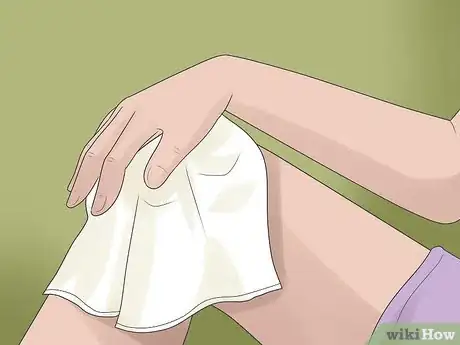

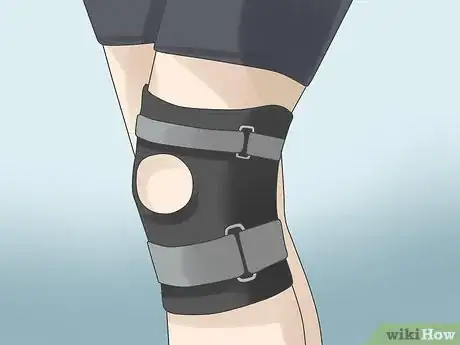
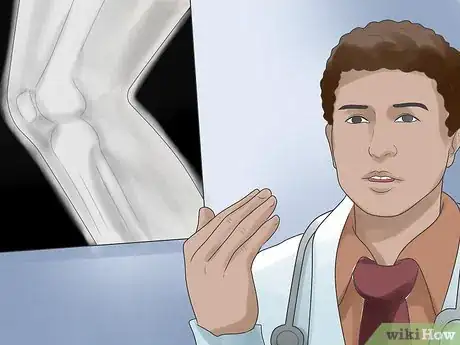
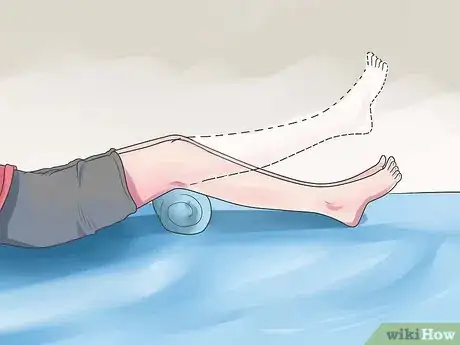
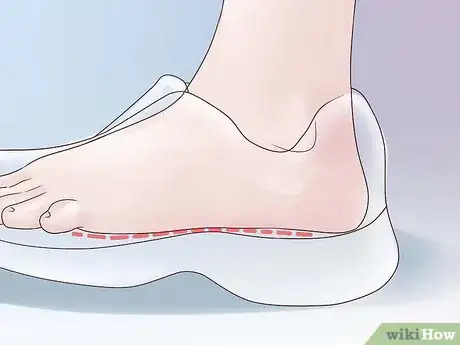

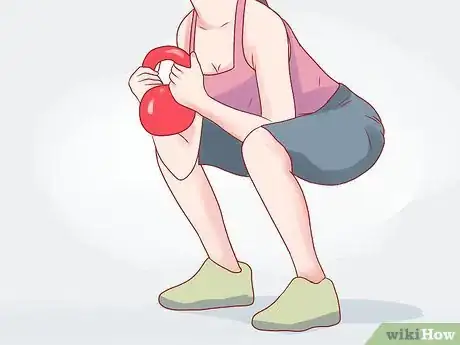
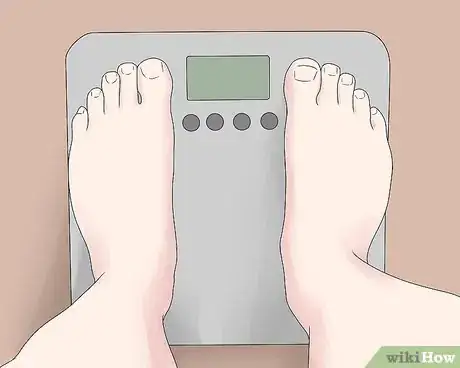

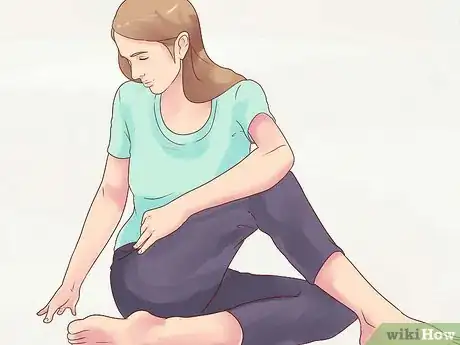


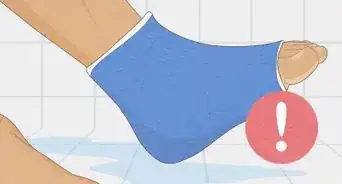
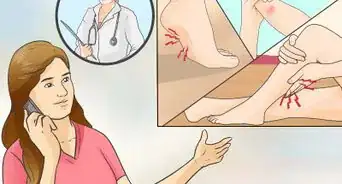


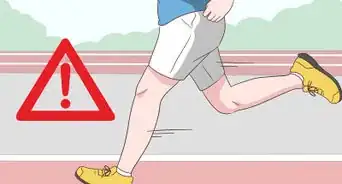


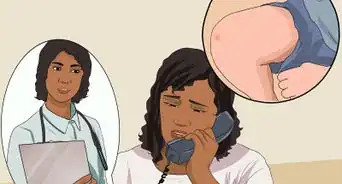

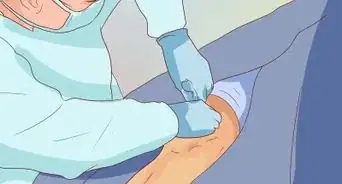
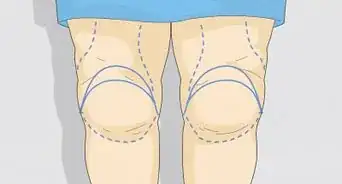
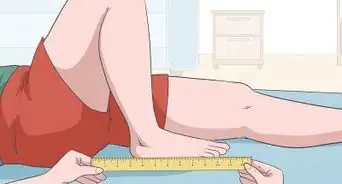









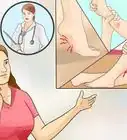




































Medical Disclaimer
The content of this article is not intended to be a substitute for professional medical advice, examination, diagnosis, or treatment. You should always contact your doctor or other qualified healthcare professional before starting, changing, or stopping any kind of health treatment.
Read More...